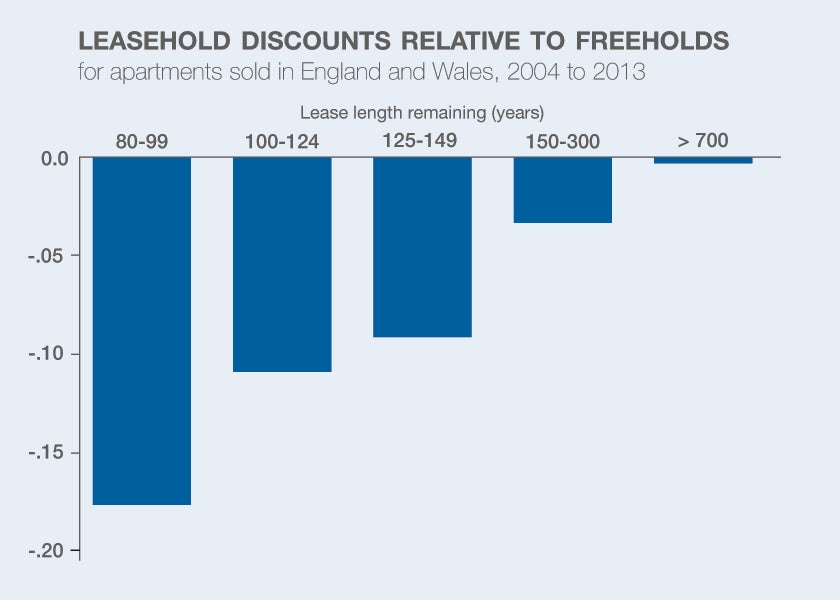Discount Rates for the Very Long Run
Households apply annual discount rates just under 2.6 percent to payments to be made more than a century into the future.
One of the more daunting tasks for policymakers and investors is to identify appropriate discount rates to trade-off the short-term costs and long-term benefits of their actions. In Very Long-Run Discount Rates (NBER Working Paper No. 20133) Stefano Giglio, Matteo Maggiori, and Johannes Stroebel approach this challenge by exploiting a unique feature of housing markets in the United Kingdom and Singapore, where they find that investors pay less for long-term leases of residential real estate than they do for otherwise identical perpetual ownership contracts. The authors show that these discounts are indicative of low discount rates for very long-term cash flows.
The housing markets in the United Kingdom and Singapore use two types of transactions for the acquisition of real estate, approaches that can differ significantly from how property is bought and sold elsewhere. One is "leaseholds," or temporary, pre-paid, and tradable ownership contracts with maturities between 99 and 999 years. The other is "freeholds," which are perpetual ownership contracts similar to the free-and-clear types of transactions used in many other countries. The existence of these two types of transactions, side by side within individual markets, allows the authors to compare how investors and agents interact in assessing short-term and long-term risks, the values of assets and other factors associated with real estate.
In the U.K, the authors relied upon data from 8 million real estate transactions for the years 2004 through 2013. For each sale, they observe many property characteristics such as home size and location. In Singapore, the authors looked at housing data for 380,000 transactions between 1995 and 2013.
Comparing results from the two types of transactions, the authors find low long-run discount rates associated with cash flows stretching 100 years or more into the future. In essence, parties to transactions assign significant present values to those cash flows. For both the U.K. and Singapore, the authors found that 100-year leaseholds were valued 10 to 15 percent less than freehold contracts, while leaseholds with maturity dates of 125 to 150 years were valued 5 to 8 percent less than freeholds. The authors found no price differences between freeholds and leaseholds with maturity dates of more than 700 years. The results suggest that households apply annual discount rates just under 2.6 percent to payments to be made more than a century into the future.
While the overall results have direct relevance to how real estate and other assets are valued and traded, the authors say the findings also may be of importance in other fields, such as environmental economics. The authors note that the issues of short-term costs versus long-term benefits of reducing carbon pollutants now dominate debates over climate-change policies.
-- Jay Fitzgerald



